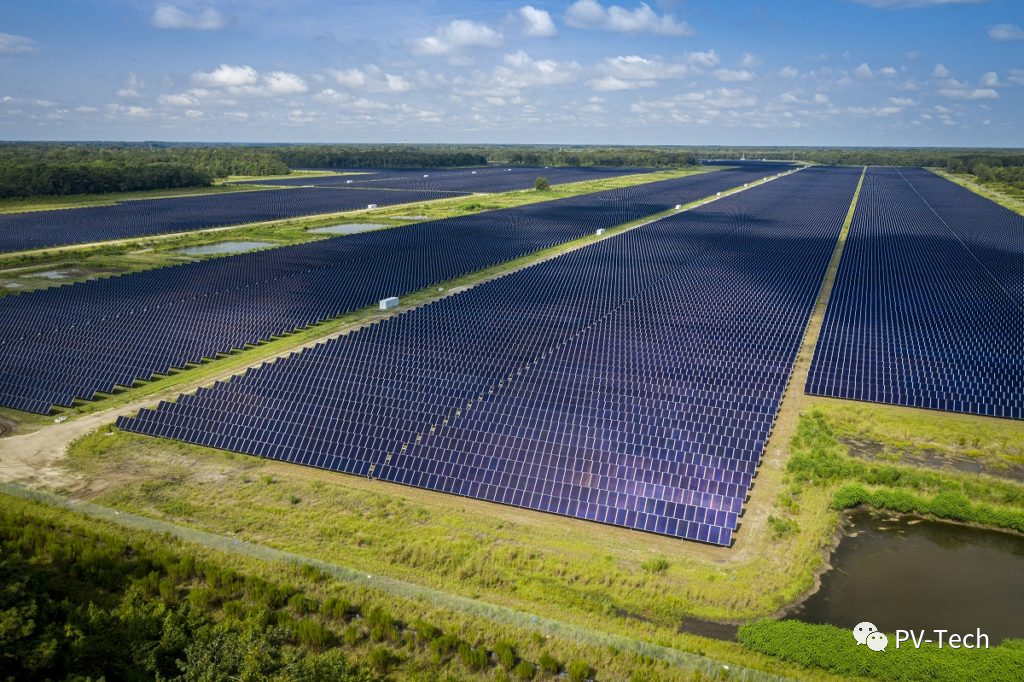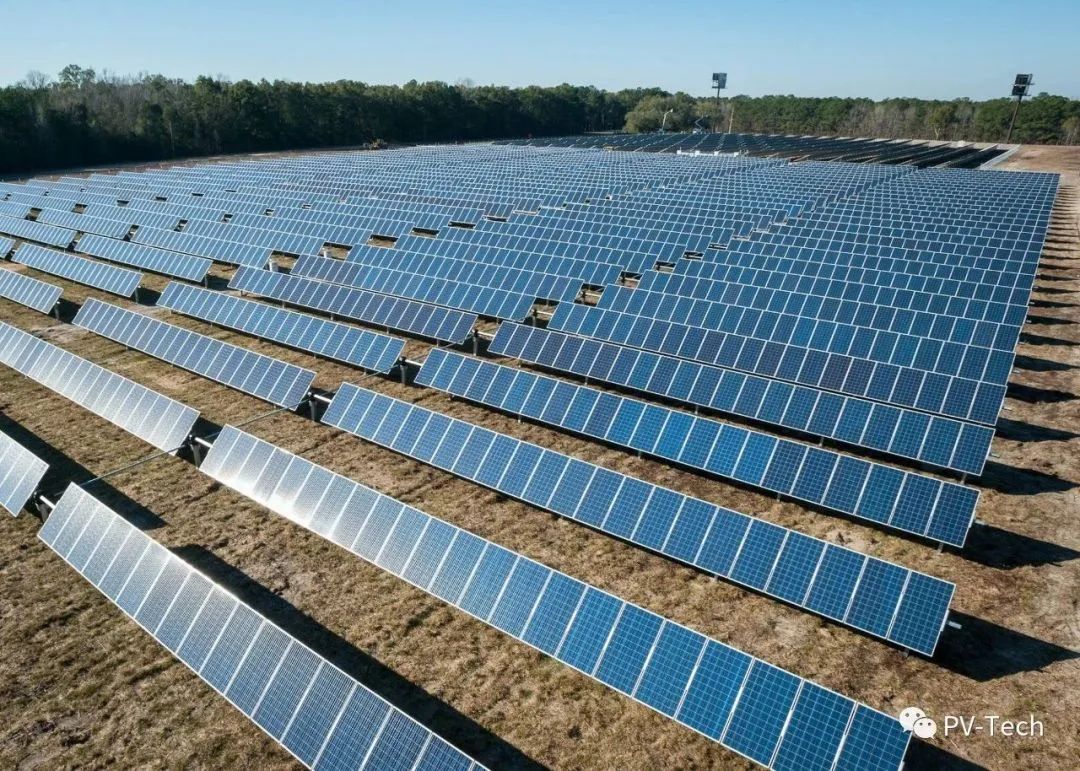
Crucially, this month’s data covers the U.S. energy industry through and including June of this year, providing electricity information for the first half of the year and providing a comparison of U.S. energy performance with other half-year periods in modern U.S. history. Ample opportunities for quarterly comparisons.
Many of the conclusions are relatively straightforward, and electricity generation across the U.S. power sector is expected to hit record highs.
In the first half of this year, U.S. power generation reached 50.3 billion British thermal units (BTU), the highest power generation in the first half of the year in history. If the United States maintains current production levels for the remainder of the year, power generation this year will exceed 100qBTU. This will be a record number.
The contribution of renewable energy to U.S. electricity consumption is also encouraging, with the U.S. expected to consume 8.2qBTU of renewable energy electricity this year, which would be another record number. Fossil fuel consumption in the United States will reach 76qBTU, significantly higher than renewable energy consumption, although this is down from 78.5qBTU in 2022. This suggests that the U.S. power sector is shifting more, albeit slowly, to rely more on renewable energy.
The solar energy industry is equally optimistic. Solar power generation in the United States will reach 0.84qBTU this year, setting a new high. While this number is smaller than wind (expected to reach 1.4qBTU) and hydropower (expected to reach 0.86qBTU), solar generation is growing at a much faster rate than other energy sources, and interest in building reliable grid infrastructure is starting to bear fruit.
According to EIA data, total solar generation in this industry has increased by approximately 0.1qBTU annually since 2019.
This compares favorably with wind power and hydropower, both of which are expected to see a slight decline in total power generation by the end of 2023, according to EIA data. Forecasting renewable energy generation, especially from solar plants, is challenging because they produce much more electricity in the summer than in the winter, but the numbers are encouraging for an industry that has invested heavily in domestic manufacturing and production over the last year. milestone.

Solar energy is the fastest growing renewable energy source in the United States, with the current installed capacity exceeding 100GW. In the next five years, it is expected that the United States will have 150GW of large-scale installed capacity.
Energy and infrastructure monitoring services provider Zeitview has completed a North American solar scan that includes condition data for more than 90% of U.S. solar plants of 1MW and above. The news follows Zeitview's acquisition of Heliolytics.
During the 2023 North American Solar Scan, Zeitview used manned aircraft to capture aerial images and perform thermal scans to record condition data for 95GW of solar farms in the United States.
Once the scan is complete, Zeitview uses a three-letter asset rating system ranging from AAA to DDD to reflect the project's status. Each letter represents a specific aspect - power loss, component condition and battery temperature. In addition to North American solar scan data, Zeitview will collect more than 200GW of aerial imagery and data in the global renewable energy sector this year.
The nationwide scan shows that factors such as age, size, orientation, location and materials all have an impact on the long-term performance of a site. Preliminary data highlights from the first scan include:
-51% of equipment in the United States is in excellent or good health, meaning the asset rating is BBB or higher.
-As the age increases, power stations that are ten years or older will experience varying degrees of aging. About 25% of old power stations are still in excellent or good operating condition, and 11% are still in AAA grade, which means Each of the three assessed areas is in top working order with minimal signs of deterioration.
-On average, larger power stations tend to be healthier, with more than 50% of units at 100MW and above being in excellent or good condition.
- Plants with tracking brackets appear to fare better over time than fixed-tilt plants. Among plants with tracking brackets installed, 54% were in good or better condition, compared with only 44% of fixed-tilt plants.